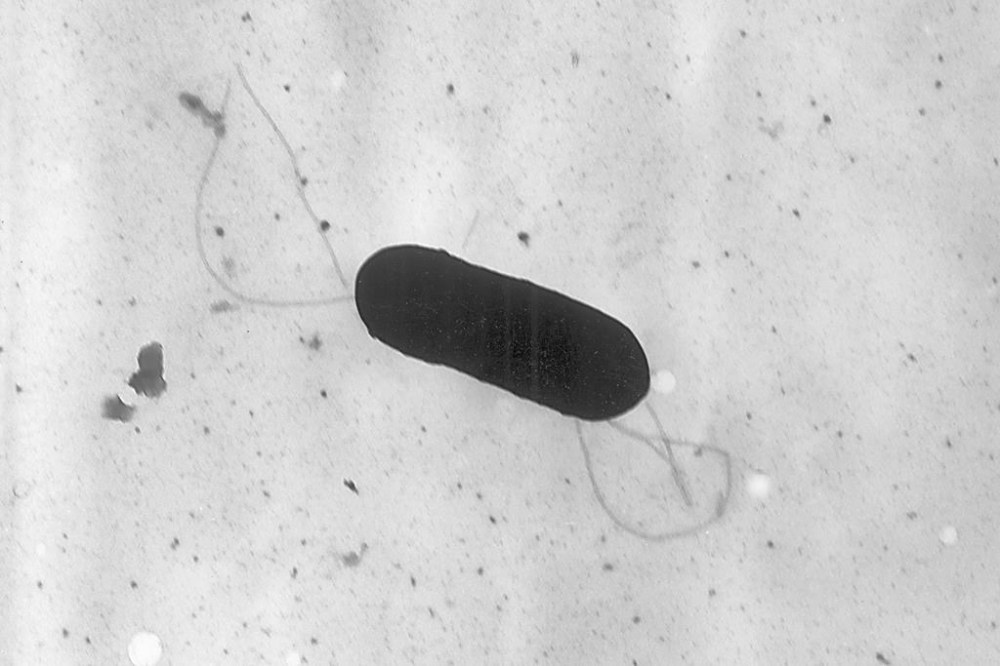What is listeriosis, the illness recently linked to a recall of plant-based milks?
Advertisement
Read this article for free:
or
Already have an account? Log in here »
To continue reading, please subscribe:
Monthly Digital Subscription
$0 for the first 4 weeks*
- Enjoy unlimited reading on winnipegfreepress.com
- Read the E-Edition, our digital replica newspaper
- Access News Break, our award-winning app
- Play interactive puzzles
*No charge for 4 weeks then price increases to the regular rate of $19.00 plus GST every four weeks. Offer available to new and qualified returning subscribers only. Cancel any time.
Monthly Digital Subscription
$4.75/week*
- Enjoy unlimited reading on winnipegfreepress.com
- Read the E-Edition, our digital replica newspaper
- Access News Break, our award-winning app
- Play interactive puzzles
*Billed as $19 plus GST every four weeks. Cancel any time.
To continue reading, please subscribe:
Add Free Press access to your Brandon Sun subscription for only an additional
$1 for the first 4 weeks*
*Your next subscription payment will increase by $1.00 and you will be charged $16.99 plus GST for four weeks. After four weeks, your payment will increase to $23.99 plus GST every four weeks.
Read unlimited articles for free today:
or
Already have an account? Log in here »
Hey there, time traveller!
This article was published 17/07/2024 (515 days ago), so information in it may no longer be current.
Two people have died and several others are sick with listeriosis in an outbreak that triggered a national recall of certain plant-based milk.
WHAT IS LISTERIA?
The Listeria bacterium is found in soil, sewage and untreated water. It can also be found in foods such as meat, seafood, fruits, vegetables and dairy products.

HOW DOES THE BACTERIUM GET INTO FOOD?
Listeria can get into fruits and vegetables if contaminated water is used on crops. They can also become contaminated from Listeria in soil and manure-based fertilizers.
Food manufacturing and processing facilities can also spread the bacteria if contaminated water or contaminated ingredients are used there, Health Canada says.
McMaster University microbiologist Lori Burrows says Listeria can also get into food or liquids if surfaces or equipment in processing plants aren’t sufficiently disinfected.
WHAT IS LISTERIOSIS?
Listeriosis is an illness caused by consumption of Listeria-contaminated food or water.
It can also be passed from mother to baby during pregnancy.
The illness can also spread through contact with infected animals, but it’s generally not spread between people, public health officials say.
WHAT ARE THE SYMPTOMS?
Listeriosis can cause vomiting, nausea, persistent fever, muscle aches, severe headache and neck stiffness.
Symptoms of severe listeriosis may appear up to 70 days after you have been exposed to Listeria. In severe cases, the infection can be fatal.
WHO’S MOST AT RISK?
People with weakened immune systems, adults over the age of 60 and pregnant women – including their fetus or newborn baby – are at heightened risk of listeriosis complications, according to the Public Health Agency of Canada.
This report by The Canadian Press was first published July 17, 2024.

